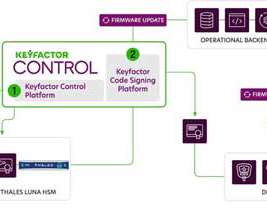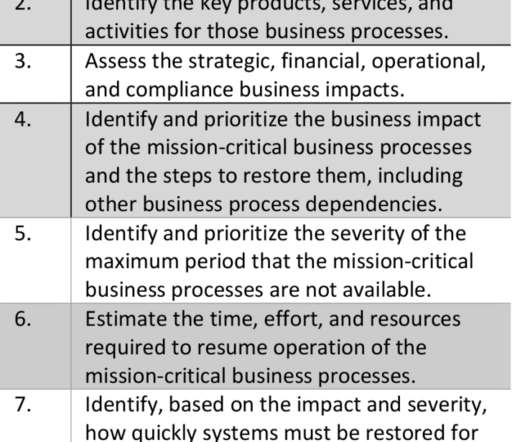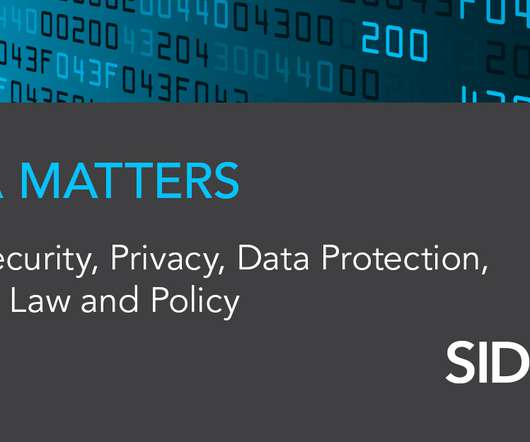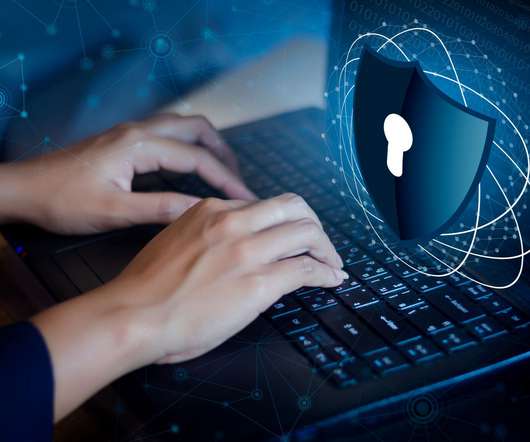Guest Blog: TalkingTrust. What’s driving the security of IoT?
Thales Cloud Protection & Licensing
MARCH 10, 2021
Thu, 03/11/2021 - 07:39. In 2017, Tesla sent an over-the-air update to their Model S and X vehicles to extend maximum battery capacity and driving range, which allowed owners to drive an extra 30 miles outside the evacuation area as Hurricane Irma was bearing down on Florida. Guest Blog: TalkingTrust. Co-ordination is key.














Let's personalize your content